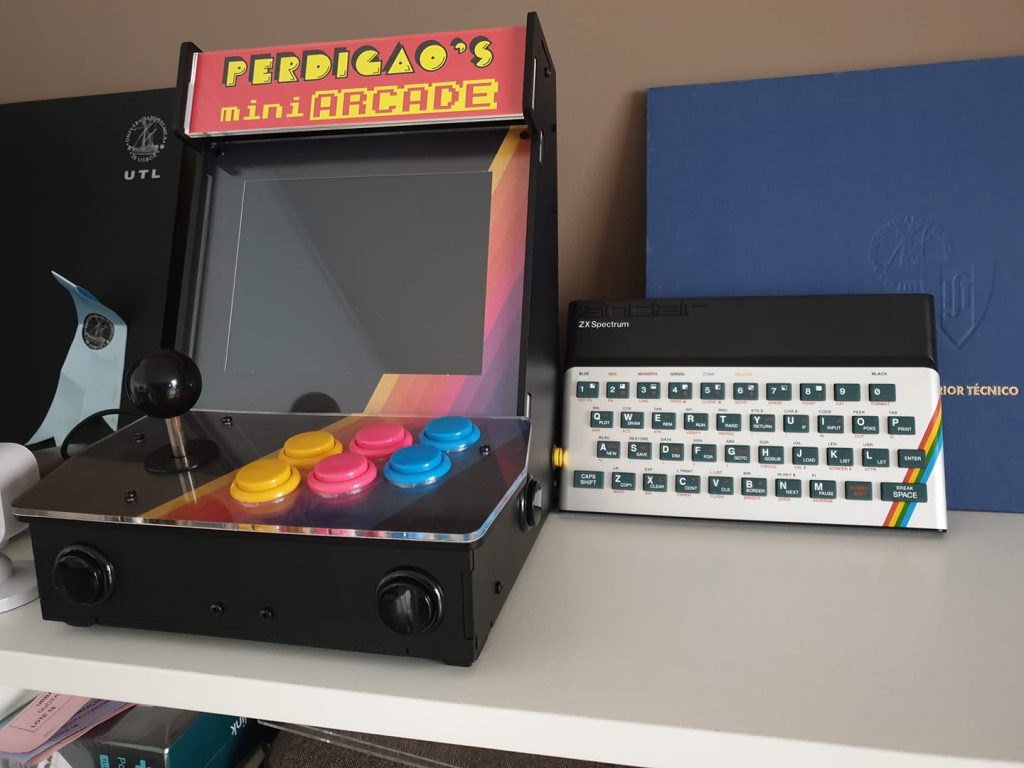

The chrome was all done using Indeoo iDraw, which was subsequently purchased by Autodesk (and is now called Autodesk graphic). The Troll’s clearing – avoid at night-time…Īs a learning experience, it was great, as it had simple AI, language parsing, lots of vector illustrations for the “chrome” around the application (there is a lot of fun in drawing old-school computers!). The opening location of the game will be familiar to anyone who was a (slightly nerdy) teenager in 1982…Īs someone who had never done any development for the Mac (but plenty on the Mac), and had no experience of Swift, The Hobbit seemed like an interesting “ Hello World” application to learn a bit more about OSX (and by extension iOS) development. The other major difference was the quality of the parser It will understand commands such as “ say to Thorin ‘climb into the barrel’ then throw the barrel through the trap door and jump onto it”. Whilst this might seem like a “well, duh!” situation now, thirty years ago, with 48K to play with, it was actually a really big deal. The characters within the game went about their routine much the same way as the player did, and were (largely) subject to the same rules as the player. What made The Hobbit different than other text adventure games of the era was that the game was different every time you played. For anyone interested in the game, beyond this short blog post, find it here.

Veronika went on to a distinguished career at IBM (where coincidentally I also spent several years), working with big data, and is now a big data solutions architect at Amazon Web Services.

Back in 1982, in the early days of the 8-bit computer era, The Hobbit, a somewhat remarkable game was released on the ZX Spectrum.Īlthough built in Australia (by Veronika Megler and Philip Mitchel for Beam Software), in the UK it is a cultural Icon.


 0 kommentar(er)
0 kommentar(er)
